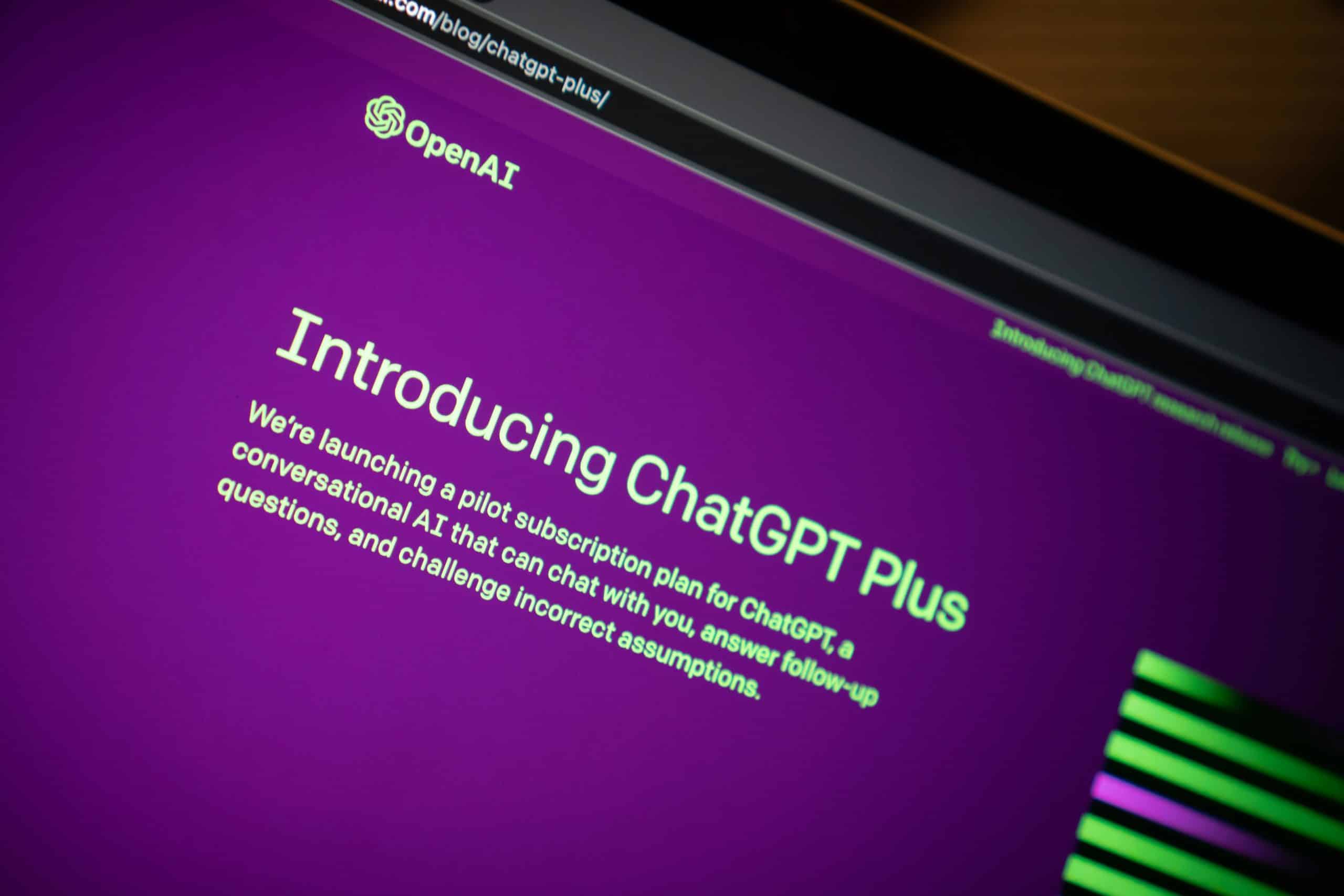The integration is available to ChatGPT Plus and ChatGPT Teams users starting today, with plans to expand support to Enterprise and Edu accounts in the near future. This marks a significant milestone for AI-driven coding assistance, positioning ChatGPT as a powerful tool in developers’ arsenals.
How the New Integration Works
OpenAI has introduced a feature called Work with Apps, which allows ChatGPT to directly interact with coding applications when granted the necessary permissions. This means developers can select code within an app like Xcode, pair it with a prompt, and send it directly to ChatGPT for assistance.
A Real-World Demo
A demonstration of this feature by an OpenAI employee, as reported by TechCrunch, showcased its potential:
- The employee used Xcode to open a project modeling the solar system. The project was incomplete, missing Earth.
- They selected the Xcode tab within the ChatGPT app, enabling the chatbot to interact with the project.
- With a prompt to “add the missing planets,” ChatGPT analyzed the project, generated the required code, and added Earth in a format consistent with the rest of the project.
This seamless interaction highlights how ChatGPT can enhance coding workflows by providing context-aware suggestions and modifications directly within the coding environment.
ChatGPT vs. GitHub Copilot: Key Differences
This new integration invites comparisons with GitHub Copilot, an AI coding assistant that has been available in IDEs like Xcode, VS Code, and others. While both tools leverage AI to assist developers, there are notable differences in functionality and implementation.
| Feature | ChatGPT for Mac | GitHub Copilot |
|---|---|---|
| Integration Depth | Uses macOS Accessibility API for interaction | Direct integration within IDEs |
| Primary Use Case | Code suggestions and modifications via prompts | Inline code completion and assistance |
| Scope of Assistance | Context-aware but limited to selected code | Continuously provides coding suggestions |
| Interaction Workflow | Requires permission and manual selection | Embedded directly in the coding environment |
| Support for Media | Cannot interpret images or videos | Primarily text-based coding assistance |
While GitHub Copilot operates directly within coding apps to provide real-time suggestions, ChatGPT takes a slightly different approach. By leveraging macOS’s Accessibility API—designed for screen readers—ChatGPT can read text within supported apps and respond to specific prompts. However, it currently cannot interpret images, videos, or other visual elements, making its functionality more limited in comparison.
Applications for Developers
This new feature holds immense potential for developers, particularly those seeking AI-driven assistance in specific coding tasks. Here are some ways developers can utilize the ChatGPT integration:
Code Debugging
Finding and fixing errors is one of the most time-consuming aspects of coding. With ChatGPT integration, developers can select a problematic section of code, describe the issue, and receive tailored suggestions or corrections.
Adding Features or Components
As demonstrated in the solar system project, ChatGPT can analyze existing code and add missing components in a way that matches the project’s structure. This could save time when extending or modifying projects.
Code Refactoring
Developers often need to rewrite or optimize existing code to improve performance or readability. By selecting code in Xcode or VS Code and providing instructions, ChatGPT can assist with refactoring tasks.
Learning and Documentation
For new developers or those working with unfamiliar frameworks, ChatGPT can act as a real-time tutor. Users can select code and ask for explanations, examples, or documentation links, accelerating the learning curve.
Limitations of the Integration
While the new ChatGPT feature offers several advantages, it’s important to understand its current limitations:
- Dependence on macOS Accessibility API
The integration relies on the macOS Accessibility API for screen readers. While effective for reading and processing text, this approach restricts ChatGPT’s ability to interact with visual elements like design assets, charts, or multimedia content within coding apps. - Manual Selection and Prompts
Unlike GitHub Copilot, which provides inline suggestions as you type, ChatGPT requires users to manually select code and pair it with a prompt. This extra step may reduce efficiency in fast-paced workflows. - Limited Media Support
ChatGPT cannot interpret images, videos, or other non-textual data within coding environments. This limits its usefulness for projects that involve graphical or multimedia elements, such as game development or design-heavy applications. - Availability
Currently, the feature is exclusive to Plus and Teams users. While expansion to Enterprise and Edu accounts is planned, broader accessibility is still pending.
Broader Implications for Coding Workflows
The integration of AI tools into coding workflows is transforming how developers approach their work. ChatGPT’s new feature represents an important step in this evolution, bridging the gap between standalone AI assistants and integrated coding environments.
Increased Efficiency
By reducing the need to switch between apps and copy-paste code, the integration can save developers valuable time. Over the course of a project, these small efficiencies can add up significantly.
Enhanced Collaboration
Teams can benefit from ChatGPT’s ability to provide instant suggestions and modifications, allowing for quicker iteration and problem-solving. This could be particularly useful in agile development environments.
Improved Accessibility
For developers with disabilities, the use of the Accessibility API means ChatGPT can interact with their coding environment in a way that aligns with accessibility standards.
Future Possibilities
OpenAI’s decision to start with coding apps like Xcode, VS Code, TextEdit, and Terminal is just the beginning. The company has expressed plans to expand the Work with Apps feature to other types of applications, potentially opening up new use cases for ChatGPT.
Potential Extensions
- Design Tools: Integration with apps like Figma or Adobe XD could allow ChatGPT to assist with UI/UX design tasks.
- Data Analysis: Connecting ChatGPT to tools like Excel or Tableau could enhance data processing and visualization workflows.
- Project Management: Integration with platforms like Jira or Trello could streamline task management and team communication.
Cross-Platform Support
Currently limited to macOS, the feature could eventually be extended to other operating systems, such as Windows and Linux, broadening its user base.
What This Means for AI in Development
The growing role of AI in coding workflows signals a broader shift in software development. By automating repetitive tasks, improving accuracy, and offering instant guidance, AI tools like ChatGPT are helping developers focus on higher-level problem-solving and creativity.
A Collaborative Future
Rather than replacing developers, AI is becoming a collaborative partner in the development process. Tools like ChatGPT and GitHub Copilot demonstrate that AI can complement human expertise, making coding more accessible and efficient.
Challenges Ahead
Despite these advancements, challenges remain. Ensuring the security of sensitive code, addressing ethical concerns around AI-generated content, and maintaining developer control over final outputs will be critical as these tools evolve.
New And Improved
The integration of ChatGPT with coding apps on Mac is a significant leap forward for AI-driven development tools. By allowing developers to interact directly with apps like Xcode, VS Code, TextEdit, and Terminal, OpenAI is making it easier than ever to incorporate AI into coding workflows.
While the feature has its limitations, such as reliance on the Accessibility API and the need for manual prompts, its potential to enhance productivity and streamline processes is undeniable. As OpenAI continues to refine and expand this functionality, developers can look forward to even more robust and versatile tools in the future.
For now, ChatGPT for Mac is setting the stage for a new era of AI-enhanced development, where the lines between human creativity and machine efficiency blur in exciting ways.












